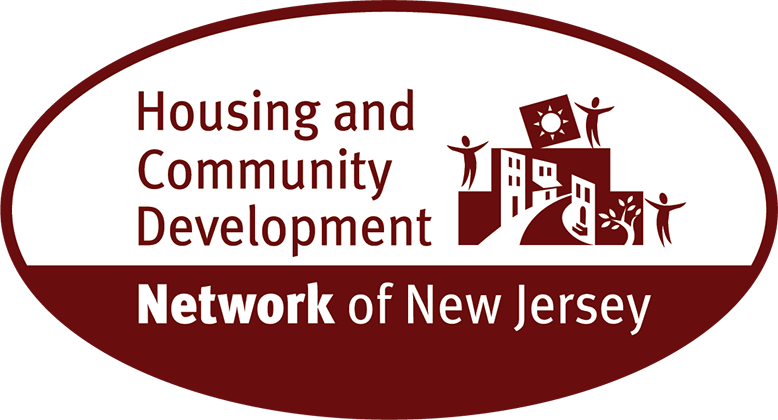| As another winter approaches, New Jersey is trying to figure out how to fix its Code Blue law |
|
Published November 21, 2019 A Camden County freeholder’s great-uncle froze to death on a Philadelphia bench more than a decade ago. A man seeking warmth in Cumberland County died after getting caught in the door of a Salvation Army clothing bin six years ago. An Ocean County center meant to be a respite from the cold wasn’t open last Christmas because the temperature had only fallen to 27 degrees, not 25. Winter is approaching, and temperatures are getting lower, which means the days are coming when staying in the elements without shelter could be deadly. A New Jersey law passed in May 2017 for the first time required counties to have plans to issue Code Blue alerts when the temperature is forecast to drop to 25 without precipitation and 32 with, or when the windchill would be zero degrees or less for at least two hours. Before that law, “there was no guarantee people could find shelter during the very cold hours in the wintertime,” said Renee Koubiadis, executive director of the Anti-Poverty Network of New Jersey and a board member of the New Jersey Coalition to End Homelessness. "This was a way of guaranteeing there were either beds made available in existing shelters, especially during these times, or new programs were created to provide that shelter in each county.” But the law also has "led to confusion among counties, municipalities, and the nonprofit organizations that serve that at-risk population,” said John Donnadio, executive director of the New Jersey Association of Counties. The law says counties must make a plan, but doesn’t specify what the plan should include beyond telling municipalities a Code Blue is in effect and working with them to provide emergency warming centers. Some places have nonprofits that serve vulnerable populations and can respond to emergencies, and some don’t. Some have a vast volunteer network to lean on, some don’t. Some offer food, some don’t. Some help transport residents to warming centers, some don’t. “You have places that are saying, ‘We don’t have to do anything because we don’t fall within the letter of the law,’ vs. the spirit of, ‘We want to make sure people don’t die of the cold,’” said Arnold Cohen, senior policy adviser for the Housing and Community Development Network of New Jersey. “The most important thing to do is make sure people are sheltered and nobody’s dying of the cold.” Community organizations and counties agree that they need consistency. The New Jersey Association of Counties and the Human Services Directors Association are advocating the creation of a task force to review the law, clarify what the state expects from counties, and compile lists of best practices and formal guidelines for counties to follow. A bill that passed the state Senate and is awaiting action in the Assembly would establish requirements for the social and health services warming centers should offer. Another bill would trigger Code Blue alerts at 32 degrees, the freezing point. Donnadio said any new regulations for counties should consider “the practicality and the cost involved." Making resources available is key in Cumberland County, where Code Blue plans rely heavily on volunteers, said Robin Weinstein, president and founder of the nonprofit M25 Initiative, which funds and facilitates the Cumberland County Code Blue Coalition. If the Code Blue threshold changes, for example, the local organizations that run warming centers would not be able to keep up, he said. “Code Blue is a Band-Aid to the epidemic of homelessness and the problem of affordable housing,” said Weinstein, a pastor in Bridgeton. The problem "needs to be holistically treated,” and Code Blue alerts must include partnerships among governments, nonprofits, churches, and hospitals, for example, he said. Since Nov. 1, Cumberland County has declared three Code Blues, he said. Because the county has focused the last few years on “housing first” initiatives, fewer residents have needed to use emergency warming centers, he said. In Camden County, temperatures of 20 or lower used to trigger Code Blue alerts in the dozen years before the 2017 state law. Raising the temperature to 25 has meant more alerts, but most people living outside typically wait until the lowest temperatures to seek the warming shelters, said Freeholder Carmen Rodriguez. The nonprofit Joseph’s House of Camden is the point agency for the city, directing residents to partner organizations for shelter. When Camden County’s program began 14 years ago, the lobby of a county administration building was turned into a warming center. That winter was brutally cold, Rodriguez said, and many people called officials wanting to know what they were doing for people without a place to go. “I felt so good to say we have a plan in place,” she said. "They’re coming in.” |











